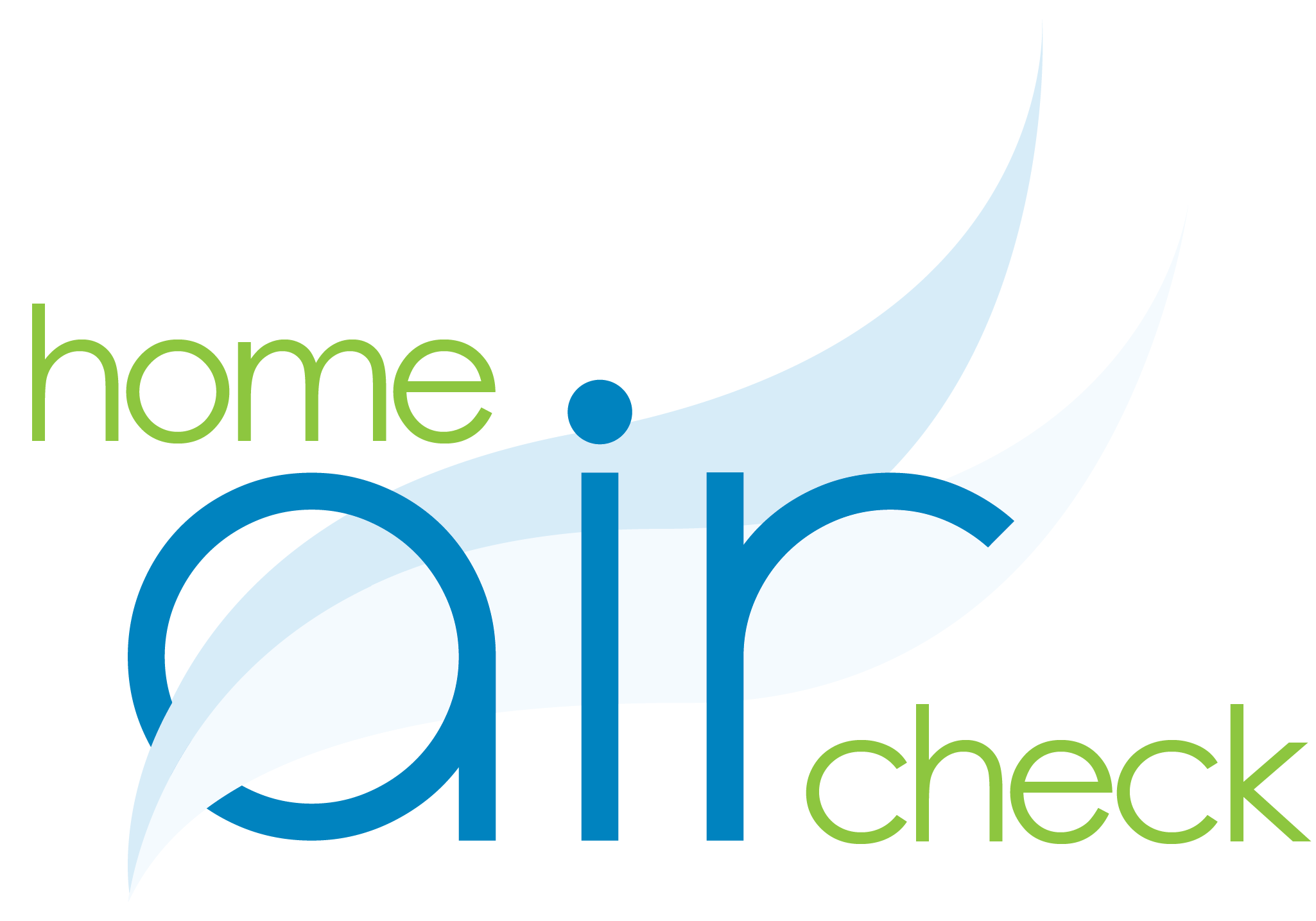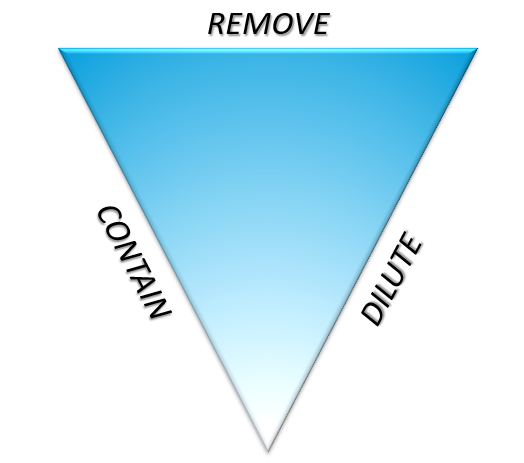Taking Action “The Big 3”
You have made the decision to test your indoor air to test for potentially harmful chemicals inside your home. In receiving your results, you find that there are in fact some VOCs in your home…now what? Here you will find some direction on what to do in this situation. Once you have identified household sources of VOCs, it is best practice to implement the “Big 3” method of reduction. This includes the following steps:
Remove
The first way to effectively remediate sources of VOCs in your home is to remove the items that are emitting these. A good example of this would be to discard old paint and gasoline containers that are no longer needed. Also discard any gardening supplies such as pesticides, or any scented products that are not currently or regularly being used.
Contain
If there are items in your home that are necessary, it is best to keep them sealed or separated as much as possible to contain the chemicals. If you have some leftover paint you want to keep for touch-ups, or gasoline for a lawnmower, consider keeping these items in a separate area from your living quarters such as an unattached garage or shed.
Necessary cleaning products should be kept properly sealed, and safely put away in a specified place. You may consider putting these in an airtight container to help with containing more VOCs.
Dilute
One final step in reducing indoor VOCs is to dilute them. This can be done by implementing proper ventilation inside your home, installing an air filtration system, or using products such as VOC removing air purifiers.
Combine all 3 for the best results!
Of course, for the best results in remedying VOCs, utilize all three of these steps in tandem. Remember – masking might cover an offensive odor, but doesn’t get rid of the odor-causing chemicals. It will only add to the number of chemicals in the air. Keep these in mind:
- Removal– Gets rid of odor-causing chemicals but does not address what is already in the air.
- Containment– Slows the process and lowers the levels currently in the air, but takes longer to finish off-gassing.
- Ventilation– Dilutes the amount in the air currently but does not remedy the source of the VOC-causing chemicals/products.



